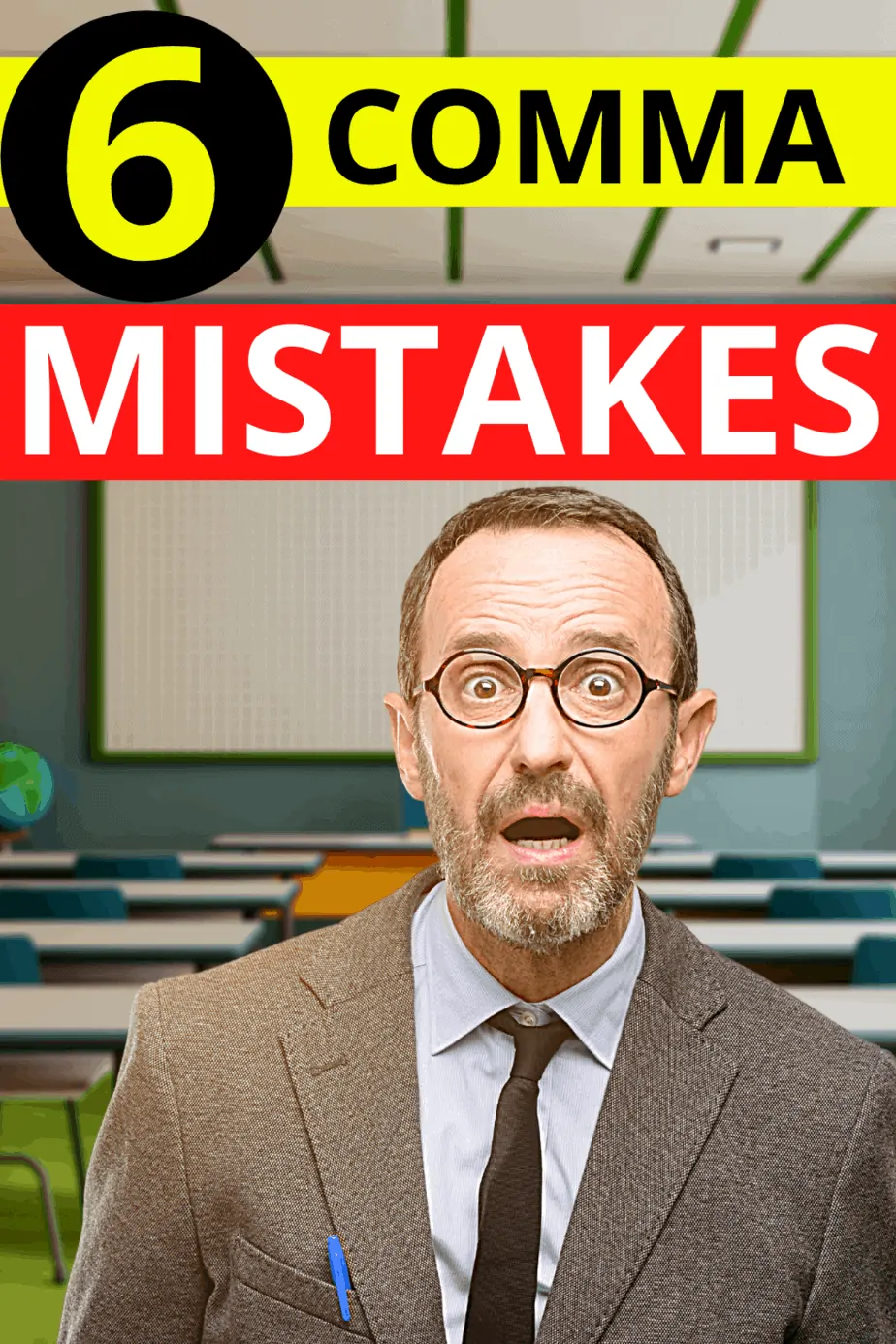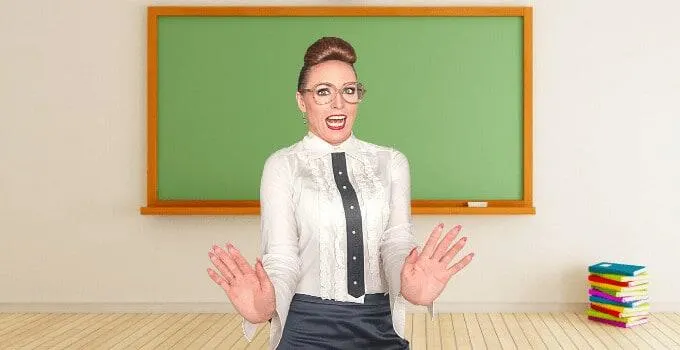When it comes to punctuation, the comma is probably the most used punctuation next to the period. However, unlike the period, using commas can be tricky which can lead to committing errors in their use.
These mistakes can make your writing less effective, especially when readers have a harder time understanding due to the improper use of punctuation.
So, what are these common comma errors and how do you fix them?
1. Comma Splices
One of the most common mistakes in the use of commas is comma splices.
Comma splices are often considered as a type of run-on sentence although some consider them as a simple error in the use of punctuations.
Nevertheless, comma splices can still affect the quality of your writing which is why it’s important to learn what they are and how you can fix them.
Comma splices happen when you join two independent clauses with a comma but without the use of a conjunction. An example of a comma splice would be:
Fixing a Comma Splice
There are three ways you can fix a comma splice. The first way is the easiest option which is to simply separate the two independent clauses, thereby, creating two sentences. Applying to the example above:
Jane was running late. We went to the venue without her.
The second way you can fix this is by adding a conjunction after the first independent clause.
Jane was running late, so we went to the venue without her.
The last way is by adding a semi-colon between the two independent clauses as seen in the example below:
2. Lack of a Comma after an Introductory Clause
Another common error when it comes to the use of commas is the lack of one after an introductory clause.
In this case, a comma is necessary because it signals to the reader that the introduction part of the sentence has come to an end. It allows the readers to clearly understand what you’re trying to say. This will also avoid frightening misunderstandings such as in the example below:
After eating your sister will bring out dessert.
Fixing this is easy as you only need to add a comma after the introductory phrase which in this sentence is after eating. Therefore, your sentence should look like this:

3. Using Commas with Subordinate Conjunctions
This is another common mistake many tend to make with commas. While there are conjunctions that require the use of commas before them – like in the case of comma splices, it’s incorrect to use them when using subordinate conjunctions.
Subordinate conjunctions are the type of conjunctions that connect independent clauses with dependent clauses. Examples of subordinate conjunctions are because, unless, before, and after.
An example of a sentence wherein commas are incorrectly used is:
As you can see, the comma before because is unnecessary as the conjunction already links the two clauses to form a complete thought. Therefore, the correct form of this sentence should be:
Commas can be used for subordinate conjunctions but only if they serve as the introductory phrase like the example in the previous item. Applying this to the example above, it should look like this:
4. Using Commas Between Correlative Conjunctions
Another common mistake is the use of commas between correlative conjunctions. These are the conjunctions that come in pairs such as neither/nor, either/or, and not only/but also.
These conjunctions connect words or phrases in sentences so that it forms a complete thought.
Using a comma for these types of conjunctions are often unnecessary. An example of this would be:
The correct form of this sentence should be:
A comma is only acceptable if it serves another purpose in the sentence such as offsetting a non-restrictive clause.
5. Commas In Quotation Marks
Quotation marks can signify many things – from dialogue to direct quotes from people.
However, the placement of the commas when quotation marks are present can be confusing. For this, the answer depends on whether you’re using American English or British English.
If you’re using American English, the comma should always go before the closing quotation marks. An example would be:
On the other hand, if you’re using British English, you should place the comma after the quotation marks.
It should be noted that British English uses single quotation marks rather than double quotation marks of American English.
6. As Well As and Commas
When it comes to the use of the phrase “as well as,” it can be difficult for some to figure out whether or not they should commas.
When using “as well as,” you don’t normally need commas unless you’re using it as part of a non-restrictive clause.
Non-restrictive clauses describe nouns in a non-essential way. This is also why they are often called non-essential clauses.
An example of a non-restrictive clause would be:
Final Thoughts
Knowing what the common errors of using commas are can help you identify them in your own writing and allow you to correct these errors when you see them.
Moreover, being able to identify them can also help you avoid these errors in your future writing.
This will allow you to communicate more effectively through writing and avoid any misunderstandings when it comes to your work.
The proper use of punctuation is always important, especially if you want to become as proficient as possible with the language.

Hey fellow Linguaholics! It’s me, Marcel. I am the proud owner of linguaholic.com. Languages have always been my passion and I have studied Linguistics, Computational Linguistics and Sinology at the University of Zurich. It is my utmost pleasure to share with all of you guys what I know about languages and linguistics in general.

